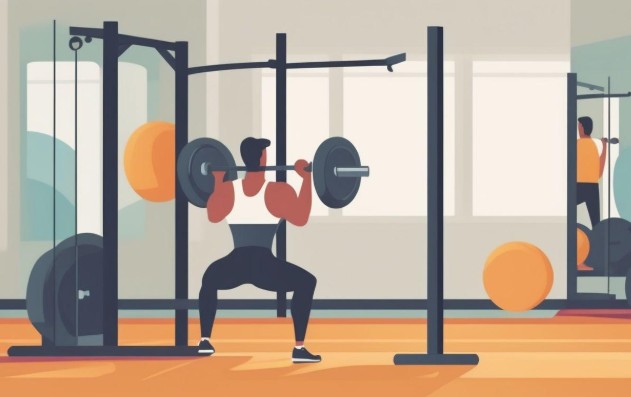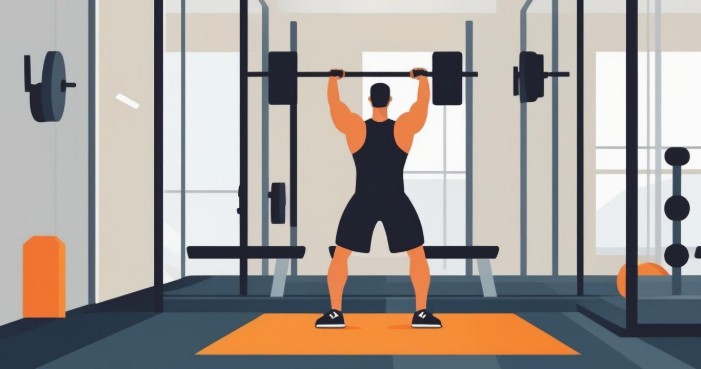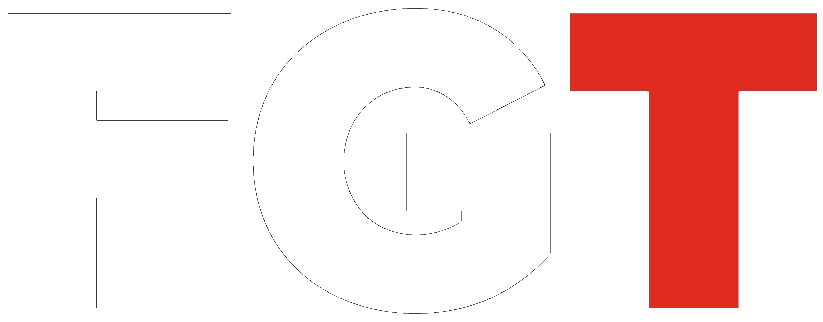Fitness and Bodybuilding: Building Strength, Confidence, and Long-Term Health
Fitness and Bodybuilding: Building Strength, Confidence, and Long-Term Health
Fitness and bodybuilding have evolved into much more than niche hobbies.
Today, millions of people embrace them as lifestyle choices that improve physical health, boost confidence, and build resilience. Whether the goal is strength, weight management, or overall wellness, these practices offer life-changing benefits that extend well beyond aesthetics.
This article explores the importance of fitness and bodybuilding, highlights nutrition and recovery, and discusses how vein health – including varicose veins – fits into the bigger picture for athletes and everyday fitness enthusiasts.
Why Fitness and Bodybuilding Matter
Engaging in regular training helps the body adapt and perform at higher levels, while also protecting long-term health.

Benefits include:
- Stronger Muscles and Joints — Resistance training improves posture, stability, and joint support.
- Better Metabolic Health — Consistent exercise lowers the risk of obesity, type 2 diabetes, and heart disease (CDC).
- Mental Resilience — Exercise increases serotonin and dopamine, reducing stress and boosting mood.
- Confidence and Discipline — The progress achieved through training often translates into greater self-esteem and mental toughness.
For many, bodybuilding represents more than lifting – it’s about developing structure, consistency, and a healthier way of living.
Nutrition: The Backbone of Progress
Training intensity alone won’t yield results without the right nutrition. Bodybuilders and fitness enthusiasts often focus on a diet rich in lean proteins, complex carbohydrates, and healthy fats, complemented by plenty of vitamins and minerals.
Why Nutrition Matters:
- Fuels high-intensity workouts
- Speeds up recovery
- Reduces risk of chronic illness
- Supports vascular and cardiovascular health
Research consistently shows that a diet balanced with whole foods and plant-based nutrients reduces inflammation and protects the circulatory system (Harvard T.H. Chan School of Public Health).
Recovery and Rest: The Forgotten Component
Muscles don’t grow in the gym – they grow during recovery. Rest is essential for repair, hormone balance, and performance. Inadequate rest can lead to overtraining, burnout, or injury.
Smart Recovery Strategies
- Prioritize 7–9 hours of quality sleep each night.
- Engage in active recovery activities, such as walking, swimming, or yoga.
- Practice stretching and mobility to prevent stiffness.
- Incorporate rest days to allow your muscles to recover and heal.
Ignoring recovery risks undermines all the hard work put in during training sessions.
Varicose Veins and Fitness
While fitness is beneficial for overall circulation, certain conditions like varicose veins can affect even active individuals. These enlarged, twisted veins develop when vein valves weaken, allowing blood to pool in the legs. Specialized providers such as metrovein offer advanced options for those seeking to address circulation issues and maintain peak performance.
Why Athletes Should Pay Attention
- Heavy Lifting Strain — Intense weightlifting increases pressure inside veins.
- Genetics Play a Role — A family history of vein issues can increase risk, regardless of activity level.
- Impact on Training — Swelling, heaviness, or aching legs can interfere with workouts and recovery.
Prevention Tips for Gym-Goers
- Mix Strength With Cardio — Aerobic activity supports healthy blood flow.
- Stretch — Warm up properly and don’t jump right in.
- Avoid Holding Breath While Lifting — The Valsalva maneuver spikes internal pressure and can worsen vein strain.
- Elevate Legs After Training — Promotes circulation and reduces swelling.
- Use Compression Gear — Compression socks can be especially helpful for high-volume training or long days on your feet.
For those experiencing persistent vein issues, modern treatment options are available through trusted providers like vein treatment in Phoenix. Addressing vein health early helps maintain both comfort and performance in the gym.
The Mental Discipline of Fitness
Bodybuilding builds much more than muscles – it strengthens the mind. Sticking to routines, pushing through challenges, and celebrating progress fosters discipline that often spills over into other aspects of life.
This mental resilience is why so many athletes describe fitness as transformative. It provides a sense of control, growth, and empowerment that benefits not just the body but emotional wellbeing too.
A Holistic Approach to Long-Term Health
Ultimately, the best results come from a holistic approach – balancing strength training, cardio, nutrition, and recovery while monitoring circulation and overall vascular health. Fitness is not about extremes but about sustainability and balance.

Strength Comes from Repetition
Fitness and bodybuilding are powerful tools for building healthier bodies and minds.
From boosting confidence to improving circulation and metabolic health, the benefits are wide-reaching. But true wellness also means paying attention to areas often overlooked – such as vein health – so that athletes can continue to perform at their best.
By combining smart training, proper nutrition, adequate recovery, and proactive vein care, individuals can enjoy the long-term benefits of strength and vitality.

